Invert sugar- Invert Syrup- Trimoline
An advantage a professional pastry chef has is that certain key ingredients are readily available. One of these ingredients is invert sugar. Although invert sugar is close in chemical composition to honey, it is not found on most grocery store shelves. The good news is that homemade invert sugar is quickly made by anyone. For countless confectionary or baking applications, a corn syrup substitute or replacement can be invert sugar.
Invert sugar is used extensively in confectionary for preparations such as ganache, jellies, fudge, and taffy and in the preparation of sorbets and ice cream. Its ability for controlling crystallization and creating a smoother mouth feel in these products is the main reason why it is used in the first place. Invert sugar is hygroscopic which leads to a reduction of available water in food preparations, resulting in a longer shelf life of countless products. It lowers the spread of bacteria and basically acts as a preservative. The humectant properties of invert sugar are high and will keep products such as fillings for chocolates and fudge much longer moist and tender. Invert sugar also contributes to the Maillard reaction (caramelizing) and consequently will aid the browning process.
Also utilized in certain baked goods like Madeleine’s and brioche where invert sugar is used to increase tenderness and moistness. For all the above mentioned attributes of invert sugar the one I am most excited about is that invert sugar intensifies aromas, especially in sorbet and certain chocolate ganache applications. With so many desirable attributes in confectionary and baking, the question why use invert sugar, is no longer a mystery.
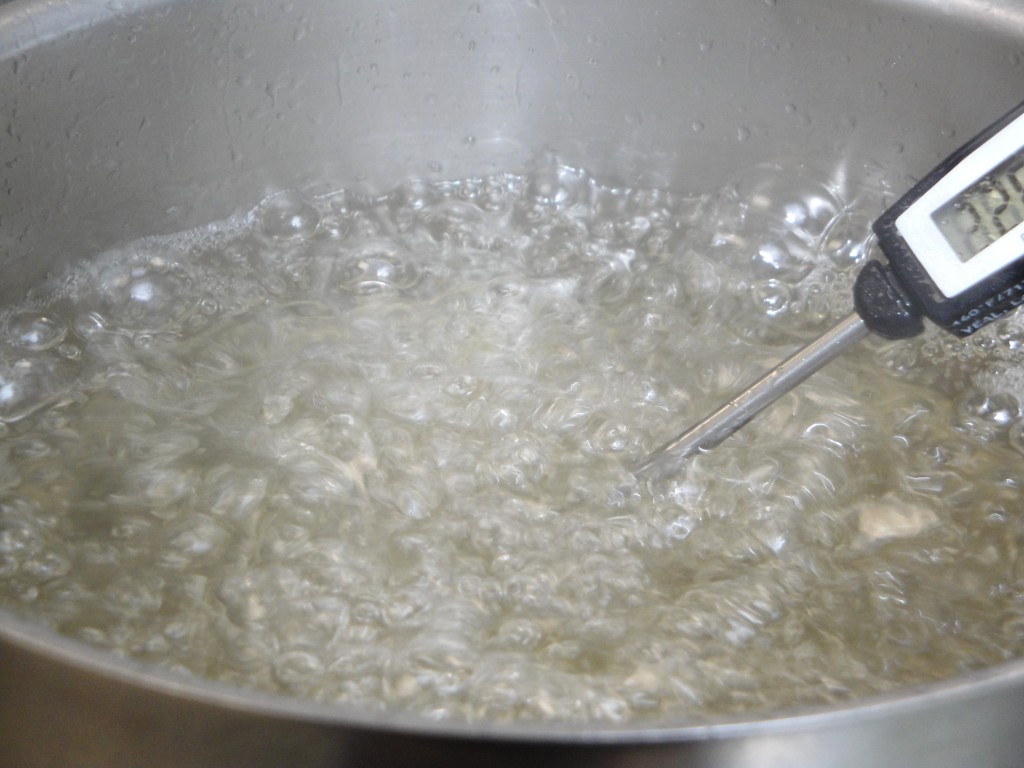
For many years confectioners and pastry chefs have added glucose and or corn syrup into boiled sugar applications to prevent these syrups from crystallizing. In these syrups, substituting corn syrup with invert sugar is something I have done for some time with parallel results.
In confectionary applications such as ganache, invert sugar can be the sole source of sweetener, but in the case of sorbet, gelato, ice cream or cakes only about 5-10% percent of sugar is replaced with invert sugar.
Getting it all together!
Invert sugar has a long shelf life so make a batch and keep it in your refrigerator in a well sealed container for at least 6 months. This way whenever you need to make a pound cake extra moist or control crystallization in gelato or make truffles extra creamy you are set to go!
Invert sugar
Yield: 2 lb 3 oz (1 kilo)
| 4 Cups + 6 Tablespoon | (2 lb 3 oz) | Extra fine granulated sugar | 1 kg |
| 2 cups | (16 fl oz) | Water | 480 ml |
| ¼ Teaspoon | ( ¼ tsp) | Cream of tartar or citric acid | 1 g |
- If you have an induction cook top or an electric stove use these options instead of gas. In a non reactive saucepan stir to a boil the sugar, water and cream of tartar (Or citric acid).
- Once the mixture boils wash away any sugar crystals stuck to the side of the pan with pastry brush dipped in water. Any additional water added to the pan from this process, has no effect on the final outcome.
- On medium heat without stirring boil the mixture to 236°F (114°C). Remove from heat and cover the pan. Let cool at room temperature. Store in a refrigerator. Invert sugar will last at least 6 moths.
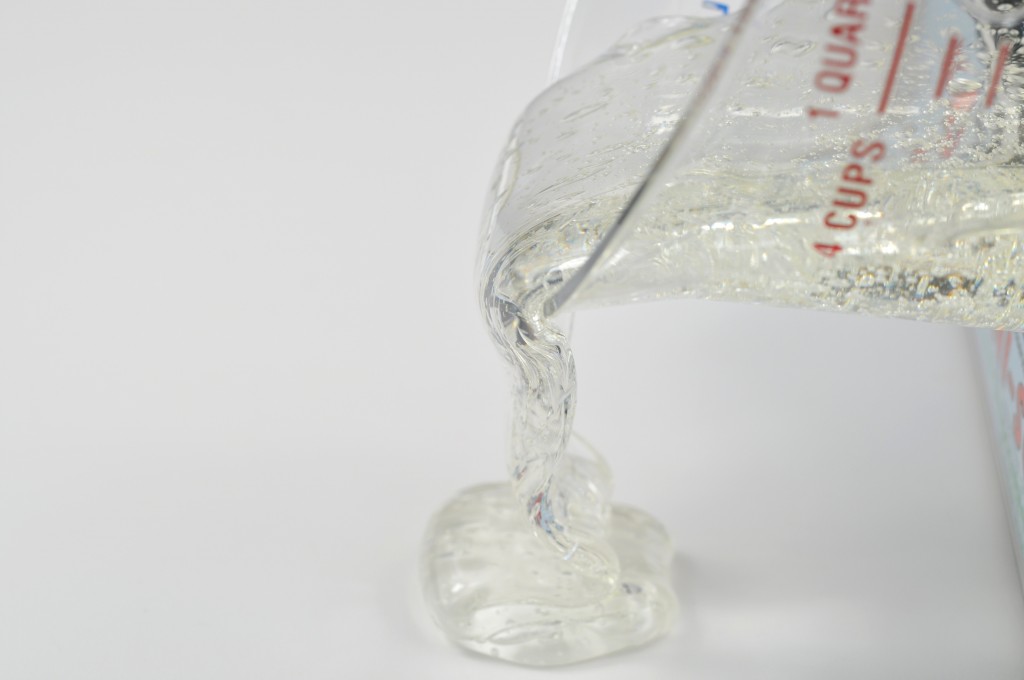
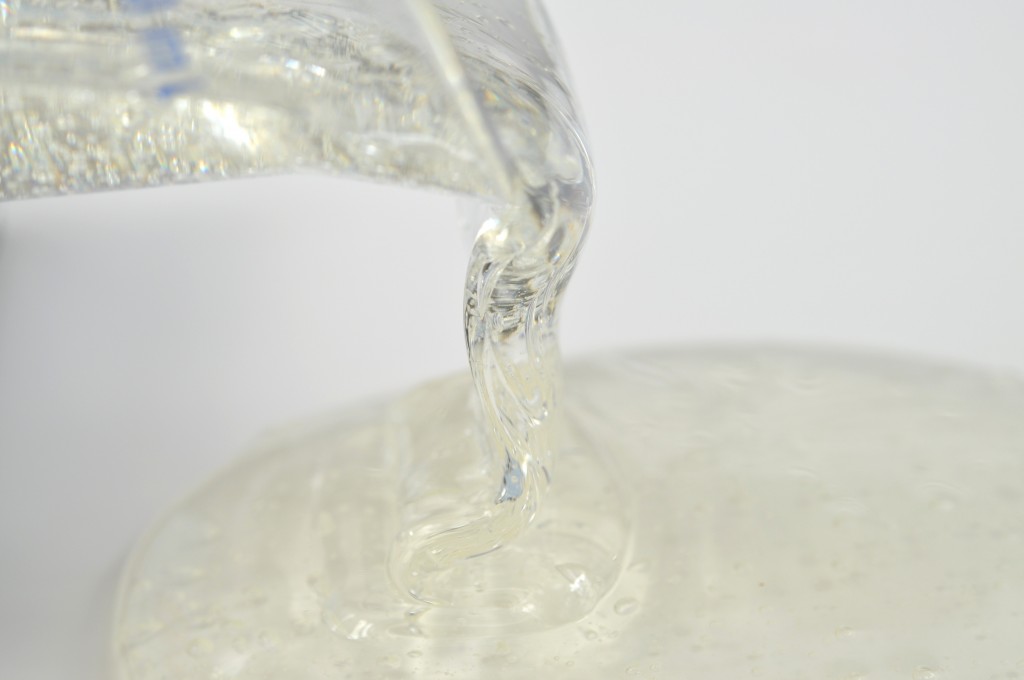
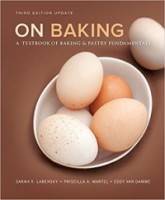
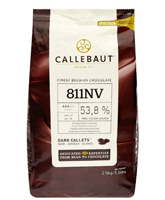

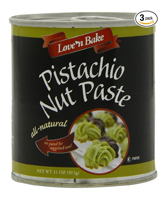
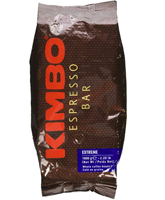
Jeff,
Making a small batch of invert sugar is very difficult. Even though your product is crystallized (from heating a bit too high and using a small batch) you can still use it in products where it will be melted. Examples are sorbet, ice cream etc
This is the first I have heard of invert sugar. I love that it can be a substitute for corn syrup and also the fact that it has a long shelf life. Thanks Chef for sharing this recipe. I’m making a batch right now!
Hi Chef – I followed the recipe however once I cooled it overnight covered in the pan, there was a crisp layer of sugar (is that wrong?) underneath it was beautiful like very thick Karo syrup. I wasnt sure if I should leave that harder sugar layer out, however I poured it all into jars and refrigerated as instructed. The next day, I went to use it for the chocolate caramel recipe and it was crystalized into opaqueness and hard. How do I correct this? thanks, Chef!
Hi Celia,
This usually happens when it is cooked slightly too long (Too high of a temperature)
You can still use it. Reheat and scale the amount you need.
Eddy
Hi Chef Eddy –
Thanks for the help – i check my thermometer (it was off!), used a much smaller pot, sifted the sugar to get rid of any particles and after 2 more attempts – I think I finally got it! thanks for your help. Going to test it out with caramels 🙂
Hi Chef Eddy.
Kudos on the great article.
I am interested in invert sugar for brewing purpose.
I need amber invert syrup. I have read i can add golden syrup to clear invert to get it darker.
If i continue to hold the the temp at 114 Celsius for another 20 – 25 mins to gain more colour
am i correct in assuming it should still keep its viscosity and not crystallize? leaving me with amber invert syrup.
Thank you
You mentioned in your directions to “stir to a boil” isn’t it best NOT to stir when cooking sugar? I was taught that stirring will cause sugar to get on the sides of the pan and cause crystals? I was also told to just make sure the the surgar is moisten in the water and to leave it alone and let it come to a boil?
Now I know why you mentioned about using invert sugar in the pound cake. Too much different. the result with the invert sugar is tender, moist and it keep soft for more days.
I baked the pound cake without it and it was hard the 3rd day.
It’s a great recipe, and can be easily homemade! Since it’s an ingredient for other desserts like pound cakes, it comes in handy. Thanks!
I made this today (for the first time) and when I checked on it (pretty much cooled down) there are some ‘crystals’ on top and at the bottom of the pot, not so much but noticeable… the syrup is also really thick… I’m not sure if it’s supposed to be like that but I’m pretty sure the crystals are because the heat was too high (the thermometer was taking forever to reach 236°F on medium heat so I increased it to medium high, should I have been more patient?).
The main question though is whether I can use this a-little-bit crystallized invert sugar in candy making (like your Belgian chocolates)? That was kind of the plan tomorrow so I really hope I can…
Thanks a lot! -Ellen
Are the ratios the same for cooking with invert sugar vs. granular sugar? Or do I need less invert sugar in place of granular sugar?
Thanks!
Could one use this to make basterdsuiker? If so, would know the ratio to white or brown sugar?
Thanks
Hi Chris, That I do not know.
Eddy
Hi Sam,
Only replace a maximum of granulated sugar with invert sugar. Using more will create problems in your baked or non baked goods. Check out the article on invert sugar.
My best,
Eddy
I was wondering can I use invert sugar to make Red Velvet Cupcakes? The recipie asks for corn syrup, so I’m just wonderin if I can use this instead.
Thank you
Hi Angela,
For sure you can replace corn syrup with invert sugar. I am pretty certain you will like the result.
My best,
Eddy.
Hi Chef,
Is it okay to use invert sugar only(no powdered sugar at all) for buttercream frosting? Also, can I use glucose powder instead of powdered sugar?
Thanks,
Jen
I assume you would like to have a butter cream which is smoother and does not have a sandy feeling on the tongue. Using invert sugar instead of powdered sugar is not a good idea. However what may be a good option is using fondant. https://chefeddy.com/2010/02/fondant/ This is not a rolled type of fondant. However instead of using fondant, I strongly suggest you try to make a French or Italian style butter cream for an ultimate result. I do not have any recipes for either on my online magazine, but perhaps someone on here can help you out. In “On Baking”, a baking text which I co-author we have excellent recipes for them as well. A brand new edition of this book will be released in February of 2012.
My best, Eddy
Hi Chef
I am trying to make the chewiest oatmeal cookie. I have a great base recipe to start with and I’m curious as to what % of granulated white sugar I can substitute for inverted sugar? Should I increase the % of brown sugar as well?
I have just started working with inverted sugar and would also like to know the different properties between inverted sugar and glucose. Hope you can help.
CHEERS
CINDY
Can I make organic invert sugar using organic sugar which is slightly brown and has larger grains? If so can I use the same weight of sugar to water?
I have noticed that products sold by wine supply stores for the purpose of conditioning wine contain invert sugar….fructose and gluclose….they are quite expensive. They also contain potassium sorbate which I have on hand. I was considering using your receipe and adding my potassium sorbate and using in the same way as the commmercial “wine conditioner”. Your thoughts.
Roy
PS the advantage of using invert sugar is that it will not start a renewed fermentation
Hi Roy,
Wine making is not my expertise so I do not have an answer for you…
My best,
Eddy
Eileen,
Although I have not made invert sugar using organic sugar, I would think that it works the same using the same amount of water and sugar. Give it a try!
My best,
Eddy.
Hi Cindy,
Replacing about 5-10% of sugar with invert sugar is a good start. Whether it is regular or brown. Give it a try!
My best,
Eddy.
Hello, I read your article and the comments below. I still don’t understand how to sub invert sugar in baked goods. (I’m not exactly what you’d call a good baker). 🙂
It seems in cookies you can sub 5-10% of white sugar out with it, right?
How about cakes? The same percentage?
Ice cream?
Cheesecakes?
Brownies?
I’d truly appreciate your time, and thanks in advance!
Thanks for the recipe
I wanted to ask will this work for making marshmallo
I came a across a recipe which asked to whip this and add soaked gelatin and boiling sugar syrup while whipping inverted sugar will it work?
Hi Eddy,
Is this inverted sugar syrup the same as glucose syrup?
I want to make a good milk sorbet do you have a recipe??!!!
Thanks
Helen
Dear Eddy,
Your blog is fantastic. I have discovered it while looking for a invert sugar recipe. And I def plan to buy a book.
So I tried the your recipe and i have a few questions about the results.
– I have used this sugar http://www.billingtons.co.uk/home/products/unrefined-range/golden-caster-sugar it is the best i have found
– i didnt have stainless steel pan, so i was using cast-iron pan.
– instead of Cream of tartar or citric acid i was using 10 ml of fresh lemon juice.
while the mixture was on medium heat the temperature didnt increase more than 220 F, i wa waiting quite long time and only when i put on maximum heat, the mixture temperature started increasing up to 236 F.
The result: the final mixture was thick and not clear like yours. The colour was a bit of caramel, not dark. I thought it might be because of sugar type or the long boiling time.
What do you think?
I have covered the pan and left to cool at room temperature. It have been there for 24 hours. It was nice, no crystallization. Then decided to put it into a glass jar. I have boiled the jar and the top in a water to make it absolutely disinfected. Then dried it and put an invert sugar into jar with a clean spoon. I have left it on the table, not in the fridge. when i was back in 14 hours, the invert syrup in the jar was crystallized. I have also left some invert syrup in a cast-iron pan covered. I looked there and i saw that in the middle the crystallization has started, it was the same place i have touched with a spoon.
So, am a bit upset, because i dont know what is a mistake i have made? Can u please give me some advice, so i can try tomorrow once again.
Best Regards,
Diana from Estonia
Diana,
You can still use the syrup (even if it has crystallized), simply warm it up a bit. Crystals form from either boiling it too high or moving the syrup too much. Try cooking your next batch slightly lower in temperature. It will work,
My best, Eddy.
Hey, Chef!
I tried making it a few hours ago, removing it from heat exactly at 236 degrees Fahrenheit. I used the smallest fire. When I was done it was runny AKA not like your pictures. Does that mean that the sugar was not inverted? Is there an invert sugar test? 😀
Do you think I should boil it again until it’s as thick and honey-like as the syrup in your pictures?
Thank you!
Mine crystallized when it cooled to room temperature. :/ However, I did make a half batch, and I did use organic evaporated can juice, so perhaps it was due to one of those.
Hi Gavin,
Making half a batch makes it extremely difficult in getting the temperature right. If the temperature gets too high it will form crystals. Give it another try.
Eddy
Hi Eddy,
Is invert sugar the same as glucose? Can I use invert sugar to make a pate de fruit, instead of glucose?
Thanks,
Erika
Erika,
Invert sugar is not the same thing as glucose. It is much sweeter and will not give you the desired result in pate de fruit.
my best,
Eddy
Thanks for the post. Would like to know if you have tried to batch up. I would like to make a bunch for presents. Basically I would like to triple the recipe and was wondering if I have to adjust anything in the recipe?
Hi Eddy
Thank you very much for this recipie. I made it accordingly to the recipie, with a candy thermometer, but I think I cooked a bit too long. Resulting in crystals on the top and on the bottom. So I reheated it only to get a thicker mass with still crystals on top and on the bottom. After cooling it for the second time I decided to add 200ml Water and another 1/4tsp Cream of tartar. Reaching 114°C it still had a few crystals on the bottom of the pan, so I transfered it to another pan, discarding the crystals. When checking the cooled mass this morning, it was smooth and with no crystals. Only it had a pale yellow.
Question: Could you explain us the difference between invert sugar and glucose? And how it is made? I see you have mentioned this in your response to Erika.
I did use glucose earlier to make modelling chocolate. Could I use invert sugar in place of glucose?
Thank you
Natascha
Thank you for this recipe!! My grandson has a corn allergy and craves marshmallows. I have made them with Lyle’s golden syrup. I hope this turns our will. Is there a recipe using invert syrup in marshmallows? thanks
Americas’s Test Kitchen just did a recipe for vanilla ice cream. They use corn syrup, and then a few tricks to minimize freeze time. At the very end, Chris summarizes the recipe, and states one trick was to use invert sugar in the form of corn syrup.
That is not accurate, is it?
Hi there Eddy,
Do you know of any way to obtain pure glucose from sucrose? I know it’s a lot healthier than fructose and sucrose.
Thanks, Ben
Ben,
I do not know. Anyone out there who has the knowledge to do this?
Eddy
Hi there Jeff,
Indeed corn syrup is not our best choice when wanting the benefits of invert sugar.
Eddy.
One thing I do to help avoid crystallization when cooking sugar syrups is to mix the sugar, water and cream of tartar in a separate bowl, then pour them into the center of a wet pot. When the sugar mixture hits the pot, the water in the bottom is forced to the sides, and it forms a water barrier around the top of the sugar, eliminating the need to wash down the sides of the pot. It also helps if you cover the pot with a bowl or a lid until it comes to a boil. I have never crystallized a batch of sugar using this method. :o) Also, don’t stir the sugar after you add it to the pot or while it is boiling.
Isn’t the process the exact same as for making caramel syrup, except for temperature?
So if you keep heating a sugar solution at a low enough temperature, it will turn to invert syrup instead of just turning brown and caramelise?
Also, Ben:
Pure glucose is produced enzymatically, but glucose syrup is widely available in stores, and can be bought from fitness stores as dextrose powder or grape sugar.
Fructose is only a problem in very large quantities. Because it has an effect on the concentrations of uric acid in the blood. Uric acid is a waste product, but it is also a potent antioxidant. It is a natural part of the metabolism of the body, but elevated levels of it might affect the chances of developing type 2 diabetes. Glucose does, however, cause a greater glycemic load than fructose. This in turn results in unstable insulin levels, which in turn, is ALSO linked to type 2 diabetes…
Chef Eddy
I am an artisian cheese maker. I make exclusively different kinds of goat cheese. Colby, Jack, Fetta, Brie, and Cheve are just a few. Do you think invert surgar will change the aging process. I want to make a sweet lemon colby, So I was going to use invert surgar instead of regular surgar so as the cheese aged and became smooth and creamy I want to avoid a grainular taste of sugar. So what do you think Chef Eddy, do you think invert sugar will change the chemistry and the cheese will not age, or will the cheese still age correctly.
Mike,
On adding invert sugar in cheese I am afraid to say that have absolutely no experience. Truly sorry I am not able to help.
My best,
Eddy.
Hi Chef Eddy,
I apologize if you’ve issued this in the thread already, but I haven’t seen anything about using invert sugar to replace light corn syrup in caramels.
I make a candy bar, but the recipe I use requires light corn syrup. I know the corn syrup helps to keep the large amount of butter and sugar from crystallizing, but I’m wondering if invert sugar would have the same effect without over-sweetening the overall product. Also, I need the caramel to be soft and chewy, but with enough structure that it can be cut in slabs.
Thanks in advance for any advice!
Natalie
Up till now, when doing ganache fillings for my chocolates, I’ve been using glucose syrup (don’t know its DE, it’s just labeled as confectionary glucose) to prevent crystallisation and to reduce water activity. As a rule of thumb, I usually add 25-30% of the weight of the cream in glucose to the recipe (based on Peter Greweling’s Chocolates & Confections book).
I’ve been thinking about introducing invert sugar into my ganache recipes. From what I gathered it also prevents crystalisation, has even better water activity (AW) reducing capabilities than glucose syrup and also results in a smoother texture.
But unlike glucose syrup, I don’t even have a general idea about the quantity of invert sugar that should be used in ganaches. Furthermore, because invert sugar is very sweet (unlike glucose syrup) it is going to have a profound impact on the sweetness of the ganache (usually my ganaches already get sufficient sweetness from the chocolate).
Do you have any recommendations about what a good starting point would be regarding the amount of invert sugar? Does it make sense to combine glucose syrup & invert sugar?
Any advice you can offer me is much appreciated. Thanks.
Kris,
You can combine invert sugar and glucose in your recipes. Glucose brings desired characteristics to ganache such as elasticity and also prevents crystallization. Glucose is less expensive than invert sugar and it helps to “bulk” (increase the volume of ganache without costing a whole lot). Therefore it is used so often. If you strictly use invert sugar, you would use 7-10% to the total amount of the other ingredients present in ganache. If you are concerned about the sweetness level (when you switch to using invert sugar), you can use chocolate with higher cocoa mass content. That will balance the sweetness level.
My best, Eddy.
Hi Chef,
Just made the Invert sugar. Looking forward to making the Belgian Truffle mixture to spread between a cheesecake and red velvet cake. Oh my…mmm good, I can’t wait. Love the Belgian Truffles.
Hi Eddy
I just had another question about invert sugar.
The first batch I made was heated too high I think, and turned very hard in the fridge,
and only lasted 3 weeks before it crystallized. I heated another batch to a slightly lower temperature
but I’m not sure if it was high enough? It has thickened a bit but it still is a pourable consistency.
It briefly holds a ribbon shape when I pour it. Does this sound right or is it somewhere inbetween?
Thanks